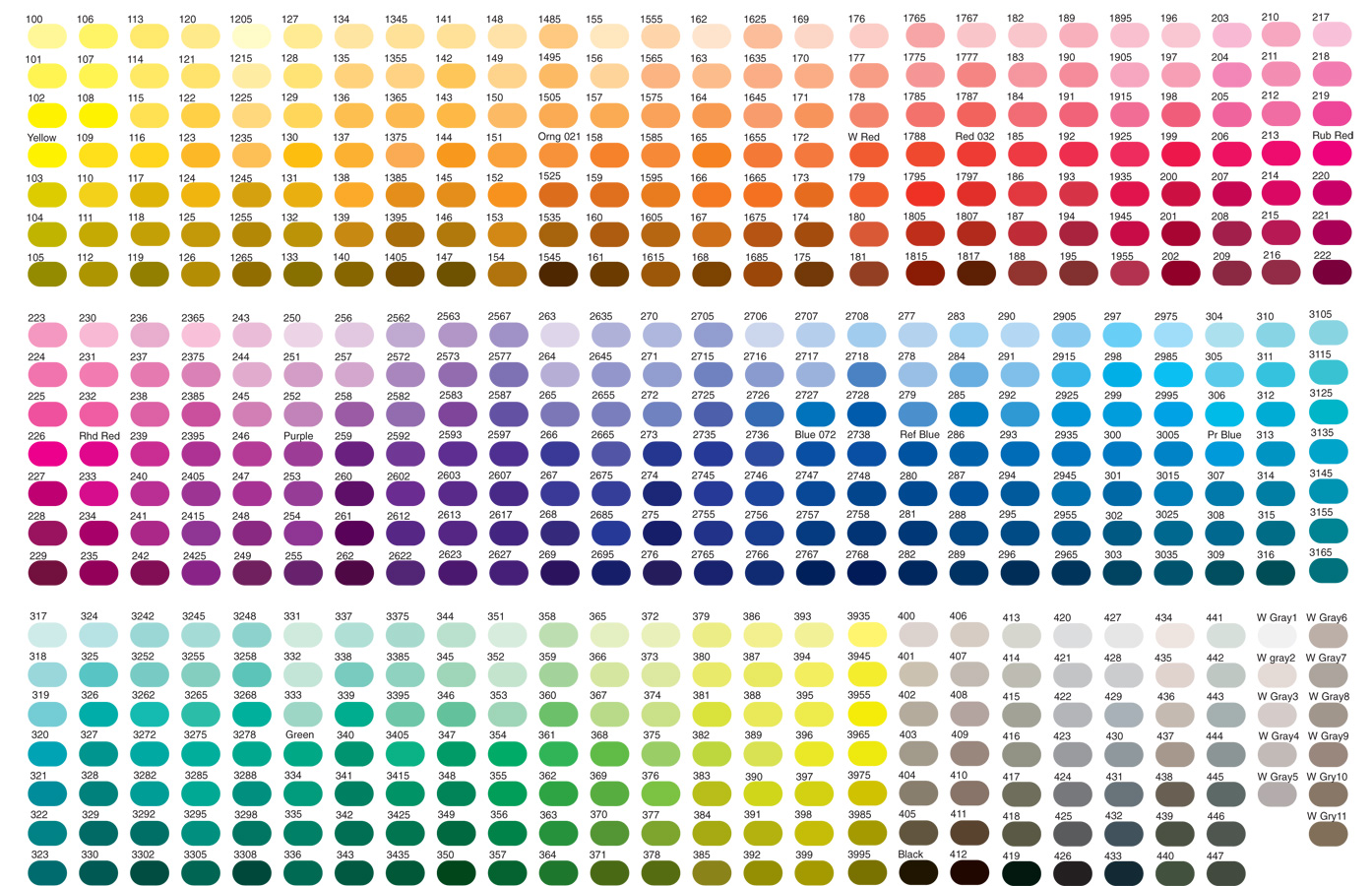Decoding the Nuances of White: Exploring the Pantone White Color Palette

White. The epitome of purity, simplicity, and a blank canvas for creativity. But what if we told you there’s more to white than meets the eye? The world of Pantone whites opens up a spectrum of subtle variations, each with its own unique character and purpose in design and print.
The Pantone Matching System (PMS) is renowned for its standardized color language, allowing for precise color communication across different industries. While often associated with vibrant hues, Pantone also offers a comprehensive range of white shades, crucial for achieving consistency and accuracy in branding, packaging, and various other applications.
Imagine designing a pristine wedding invitation or a minimalist product label. The seemingly simple choice of white can significantly impact the final result. A cool, bright white might convey modernity, while a warmer, creamier white could evoke a sense of elegance and tradition. Understanding the nuances within the Pantone white color palette empowers designers to make informed decisions and achieve their desired aesthetic.
Navigating the world of Pantone whites might seem daunting at first, but understanding the basics can unlock a new level of precision in your creative endeavors. This guide will delve into the history and importance of the Pantone white color system, offering practical tips and insights to help you master the art of white.
From the stark brilliance of Pantone Bright White to the subtle warmth of Pantone Warm White, each shade has its own unique identity. The differences might appear subtle, but they can have a profound impact on the overall look and feel of a design. Whether you're a seasoned designer or a curious beginner, exploring the world of Pantone whites can elevate your understanding of color and its power to communicate.
Pantone, as a color authority, has a rich history dating back to the 1960s. Initially focused on standardizing colors for the printing industry, Pantone revolutionized color communication by providing a universal language for designers, manufacturers, and brands. The inclusion of a dedicated white palette within the Pantone system highlights the importance of achieving precise white shades, especially in applications where consistency is paramount.
The main issue concerning Pantone whites, like any Pantone color, revolves around achieving accurate representation across different mediums. Variations in printing processes, paper stock, and lighting conditions can affect how a Pantone white appears. However, using the Pantone system provides a standardized reference point, minimizing discrepancies and ensuring a greater degree of color fidelity.
One benefit of using Pantone whites is ensuring consistency across different print runs and materials. Imagine a brand's logo printed on various marketing materials, from brochures to packaging. Using a designated Pantone white ensures the logo's white elements remain consistent, reinforcing brand identity.
Another advantage is the ability to communicate clearly with printers and manufacturers. Specifying a Pantone white eliminates ambiguity and guesswork, ensuring everyone involved understands the precise shade required.
Finally, utilizing Pantone whites allows for greater control over the final aesthetic. By carefully selecting the right shade of white, designers can fine-tune the overall look and feel of a project, creating a cohesive and impactful visual experience.
Understanding the undertones of different Pantone whites is crucial. Warm whites have a yellowish or creamy undertone, while cool whites have a bluish or greyish undertone. Comparing different swatches under various lighting conditions is essential for making informed choices.
One best practice is to always consult the physical Pantone swatch books, as digital representations can vary depending on screen calibrations. Another helpful tip is to test print Pantone whites on the intended substrate to ensure the desired outcome.
Advantages and Disadvantages of Pantone White
| Advantages | Disadvantages |
|---|---|
| Color Consistency | Cost of Pantone Guides |
| Clear Communication | Potential for Variations Across Print Runs (despite efforts) |
| Precise Color Matching | Limited Availability of Some Pantone Colors on Certain Printing Methods |
Frequently Asked Questions: What is Pantone Bright White? How does it differ from Pantone Process White? What are the common uses of Pantone Warm White? How can I choose the right Pantone white for my project? Where can I purchase Pantone swatch books? What is the importance of using Pantone whites in branding? How do I ensure accurate Pantone white reproduction? What are the limitations of using Pantone whites in digital design?
(General answers would follow each question, providing concise and informative responses.)
In conclusion, the world of Pantone whites extends far beyond the simplicity of a single shade. Understanding the nuances within this palette allows for precise color communication, consistent branding, and enhanced creative control. While it may require a deeper understanding of color theory and printing processes, the benefits of using Pantone whites far outweigh the challenges. By embracing the power of precise color, designers and brands can elevate their work and create visually stunning results. So, the next time you consider using white in your project, remember that there's a whole spectrum waiting to be explored within the Pantone white color chart.
Unlock your inner artist exploring the world of painting references
Mastering wheel bolt pattern measurement your ultimate guide
Unleash your inner badass level up your online presence with meme profile pictures













